Blog Archive
History in Technicolor: the Continuing Story of American Immigration
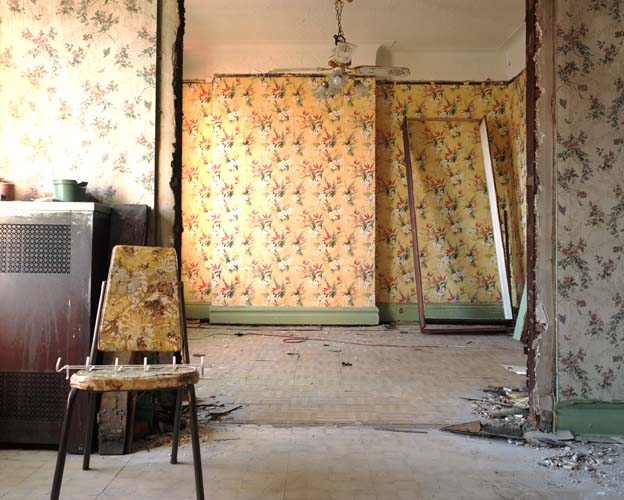
103 Orchard Street, Wijnanda Deroo.
The Tenement Museum is not an old dog. In the grand scheme of New York City cultural institutions, we’re a fairly young museum, despite our old buildings. And yet, we’re still learning some new tricks. With our new exhibition opening at 103 Orchard Street later this year, the Tenement Museum is keeping up with the times.
The telling of recent history, however, is a tricky thing. The answer to how much time needs to pass before being able to accurately document our era varies from person to person. The study of history is often about not just what happened in the past, but how these events affect the present and change the future. When deciding to expand the Museum’s rhetoric to include “today’s history,” we had to ask ourselves not only how we should do it — but why.
Actually, the why is a pretty easy answer. We are an immigration museum, and immigration did not stop in 1935. We believe it’s our responsibility to continue telling the immigration story however best we can. But with the apartments of 97 Orchard Street closing their doors that year, the Tenement Museum becomes a “sepia museum,” stuck forever between 1863 and 1935. Over the last few years we’ve attempted to update where we could, using evening events, Tenement Talks, and tours like “Shop Life” or our walking tours to discuss what the Lower East Side, immigration, and America would have been like outside of the grayscale. But we knew we needed to present American immigration in glorious technicolor.
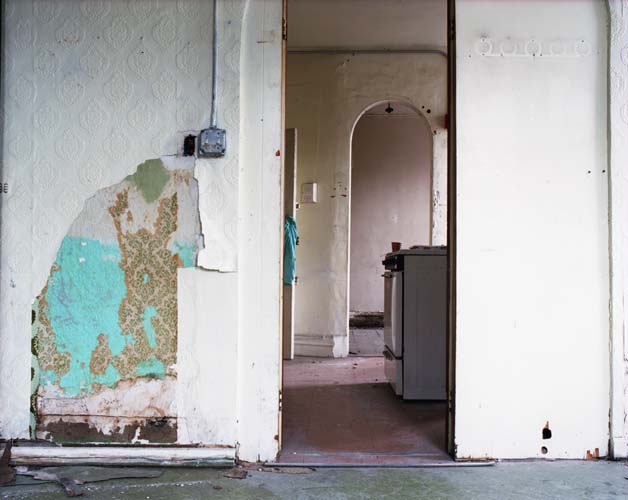
103 Orchard Street, Wijnanda Deroo.
We’re continuing the narrative of immigration in the United States for the simple reason that it’s as relevant and important as it’s ever been. We are not a political institution, but we tell the personal stories of something that has always been heavily politicized. Not only are we looking to provide the historical, factual information behind immigration in this country, we also attempt to humanize something that, for many people, is seen as a “hot button issue” and nothing more. Often visitors come through our tours, hear about the real Eastern European Jews, Irish, and Italian families that made their way here at the turn of the century, and think, “They are just like my ancestors!” And many visitors, we know, do not. Thematically, of course, many immigration stories are similar. They’re tales about hope, survival, family, culture — and these are experienced across the board. But not every visitor to the Tenement Museum shares the same origin story as those living on Orchard Street in the late 19th to early 20th centuries.
We also think it’s important to tell modern history because the past often finds a way of repeating itself when we forget it. Those who insist it’s not immigration they’re against but “illegal” immigration often don’t realize the naturalization process has changed dramatically since the time their ancestors might have made it to America. Or that perhaps their own great-great-grandparent might have entered illegally too, as was the case for one of our Italian immigrant families at 97 Orchard Street. They might not have realized that those who did enter “legally” were not always treated any better than those who didn’t, that their own families might have faced the same kind of hateful xenophobia that’s displayed towards our current immigrants. When people talk about the desire of some to ban whole ethnic groups from entering the country, as though this notion was an impossibility, something we’d never allow to happen — it’s likely they’ve forgotten about or have never even heard of the Chinese Exclusion Act of 1882, which was only repealed in 1943. And the quota for the number of Chinese immigrants allowed in the country was only lifted in 1965.
We call our tour guides “educators” because that is what they do. And this is why we wanted to tell the stories of refugees and migrants, the diverse cultural changes in America in the 1950s, 1960s, and 1970s: because there’s always so much to learn.
So the why is pretty obvious. We’re expanding at the Tenement Museum because immigration is just as American as apple pie (originally brought over from Europe during the 17th and 18th centuries, of course). We’re telling new stories because they need to be told, to preserve them and to gain wisdom from them, to explore as far as we can the rich diverse landscape of the American population.
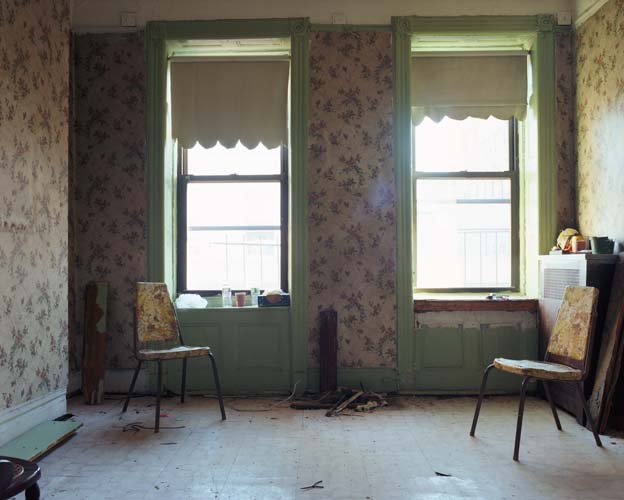
103 Orchard Street, Wijnanda Deroo.
The question then becomes how we tell these stories. The Tenement Museum doesn’t tell every immigrant story because of the limitations we place on ourselves — specifically location and time period. We focus on the Lower East Side because it was a major port for many new immigrant families in New York City’s history, and remains to this day the most diverse neighborhood in the city. It serves as an excellent representative for the immigrant experience in the United States as a whole, but there are noticeable absences from our narrative. Immigrants from Africa, the Caribbean, the Middle East, etc., are not featured on any of our tours (although those stories would easily be told if the Museum was placed ten blocks north).
The two buildings on Orchard Street are the roots of our Museum. You can only learn so much about Van Gogh’s Starry Night from a textbook or a documentary, but eventually you need to stand in front of it and see the texture, the color, and the beauty for yourself. And there’s no better way to understand the lives of those we called “new Americans” in the past, than to stand where they once stood, to hover in the doorways of their kitchens, their parlors, their shops, and imagine. We place these limitations on ourselves for this reason.
But the Tenement Museum doesn’t tell “The” immigrant story, but simply “some” immigrant stories. We try not to paint the pictures in broad strokes, we just provide faces to the narratives. This time, it’s personal. Whether you yourself are the immigrant or you’re fifth or sixth generation, every story we share should provide context for your own realities, either because they’re so similar or because they’re so different. Sometimes the stories we tell result in us being able to say, “This happened to ______ which happened to many others at the time.” Or we say, “This happened to ______, which was unusual for the time.” And sometimes the narratives are incomplete, but that’s just life sometimes.
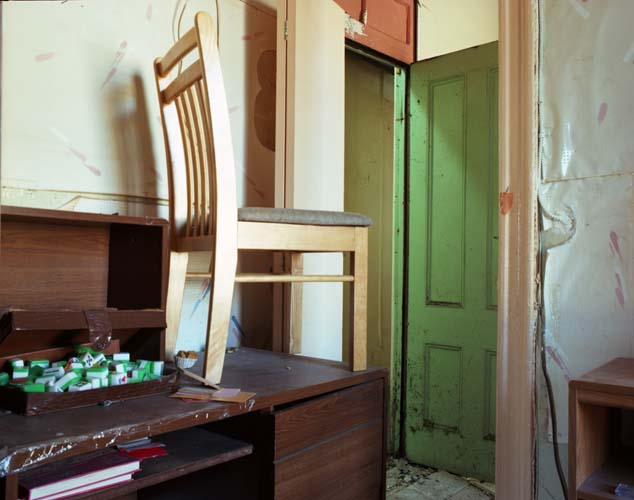
103 Orchard Street, Wijnanda Deroo.
While we’ve accepted the boundaries of our real estate, by no means do we brush off that responsibility to share a completed immigration story. Here again is one of our new tricks: reaching out online to communities, classrooms, and, well, anyone with a story to tell, to share their personal immigration history on our digital archive Your Story, Our Story. Where the media has their citizen journalists, we have our citizen historians. By curating these stories, featuring tales of migrants as well as immigrants to fully encapsulate the American story, we are able to expand our narrative reach to include as many cultures as we can get. Your Story, Our Story presents a new way to educate, to connect, to celebrate our differences as well as our similarities.
At 103 Orchard Street, we will be telling the stories of a Holocaust refugee family, a Puerto Rican family, and a Chinese immigrant family. And whether you know it or not, at 103 Orchard Street, we’ll be telling your story, too.
- Post by Gemma Solomons, Marketing & Communications Coordinator at the Lower East Side Tenement Museum
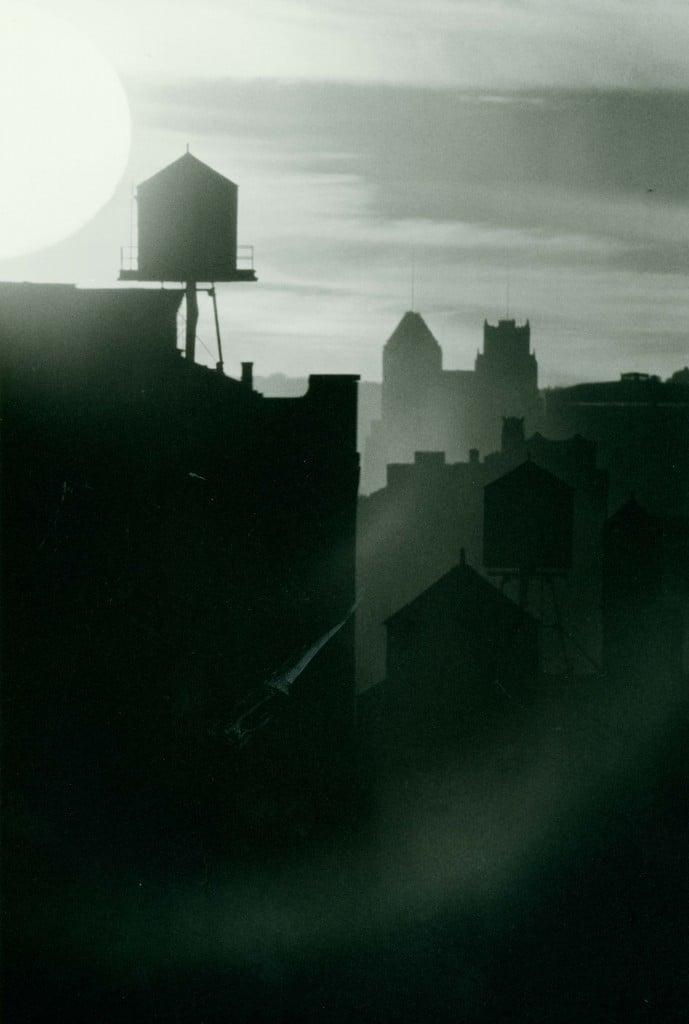
Orchard Street, Wijnanda Deroo.